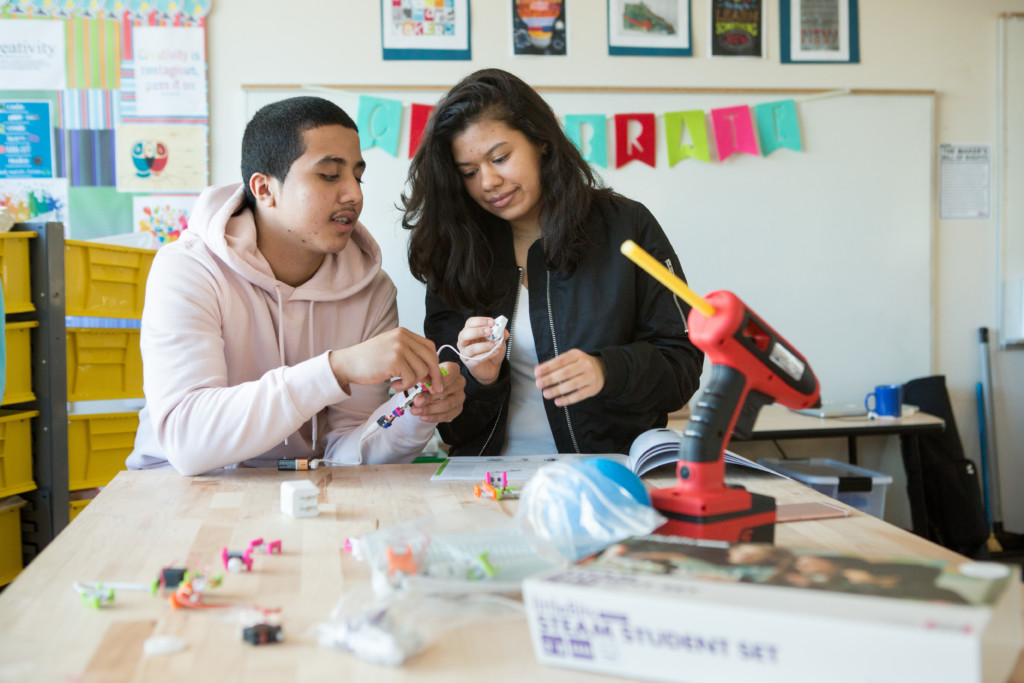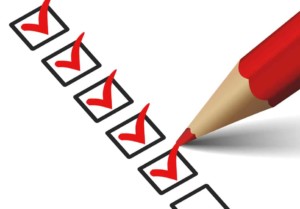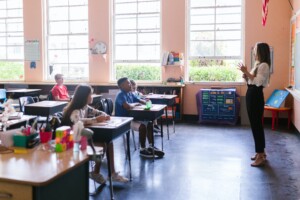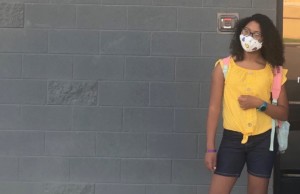Building a Pathway Onramp: Transition Plan Design Guidelines

The #NewPathways campaign is a road map for American schools where every learner–regardless of zip code–is on a pathway to productive citizenship, high-wage employment, economic mobility, and a purpose-driven life. Read the first blog post in this series on uncovering pathways for students with disabilities.
Failing to plan is really planning to fail. At least, that’s what my grandpa used to say.
But in all seriousness, planning is essential to prepare for success after high school, especially for students with disabilities. The transition plans co-created by students with disabilities along with their teachers and families offer a vital onramp and a roadmap to postsecondary success.
Planning with the End in Mind
In case you need a refresher, transition planning is an intentional, organized, and coordinated process of guiding students with disabilities with education, experiences, supports, and services to help them have successful and meaningful lives beyond high school. Experts at the National Technical Assistance Center on Transition describe it as planning that begins with the end in mind.
Federal law requires transition plans for students with Individual Education Programs (IEPs) beginning at age 16. (Sidenote: 20+ states begin sooner.) But far from just another burdensome mandate, these plans offer an exciting opportunity to ensure students with disabilities are meaningfully included in pathway construction–especially when states consider the #NewPathways Design Guidelines for Transition Plans below.
New Pathways v. IDEA Requirements
Transition plans are embedded in the Individuals with Disabilities Education Act (IDEA), America’s historic civil rights law for students with disabilities. And today, the #NewPathways campaign is sharing new design guidelines for transition plans which align with the established statutory requirements.
Intentional
Every learner has a right to an intentional journey and pathway.
(b) Transition services. the IEP must include—
- (1) Appropriate measurable postsecondary goals based upon age appropriate transition assessments related to training, education, employment, and, where appropriate, independent living skills; and
- (2) The transition services (including courses of study) needed to assist the child in reaching those goals.
Curation
Every learner has the right to curate their own learning experience through design, authorship, and ownership.
Sec 300.43 Transition Services
(a) Transition services means a coordinated set of activities for a child with a disability that—
(1) Is designed to be within a results-oriented process, that is focused on improving the academic and functional achievement of the child with a disability to facilitate the child’s movement from school to post-school activities, including postsecondary education, vocational education, integrated employment (including supported employment), continuing and adult education, adult services, independent living, or community participation;
Equitable
Every learner has the right to access powerful learning experiences that work for them.
Sec 300.43 Transition Services
(a) Transition services means
(2) Is based on the individual child’s needs, taking into account the child’s strengths, preferences, and interests; and includes—
- (i) Instruction;
- (ii) Related services;
- (iii) Community experiences;
- (iv) The development of employment and other post-school adult living objectives; and
- (v) If appropriate, acquisition of daily living skills and provision of a functional vocational evaluation.
Purpose
Every learner has a right to find purpose and impact in their learning journey.
(b) Transition services participants.
(1) In accordance with paragraph (a)(7) of this section, the public agency must invite a child with a disability to attend the child’s IEP Team meeting if the purpose of the meeting will be the consideration of the postsecondary goals for the child and the transition services needed to assist the child in reaching those goals under §300.320(b)
As we develop new pathways and reinvigorate traditional ones, let’s use transition plans to build strong onramps to postsecondary success for students with disabilities with the supports and guardrails they need. And we must remember that this work doesn’t just belong to special education staff; all stakeholders– from counselors to the business community and postsecondary staff–have a role to play.
Learn More








0 Comments
Leave a Comment
Your email address will not be published. All fields are required.